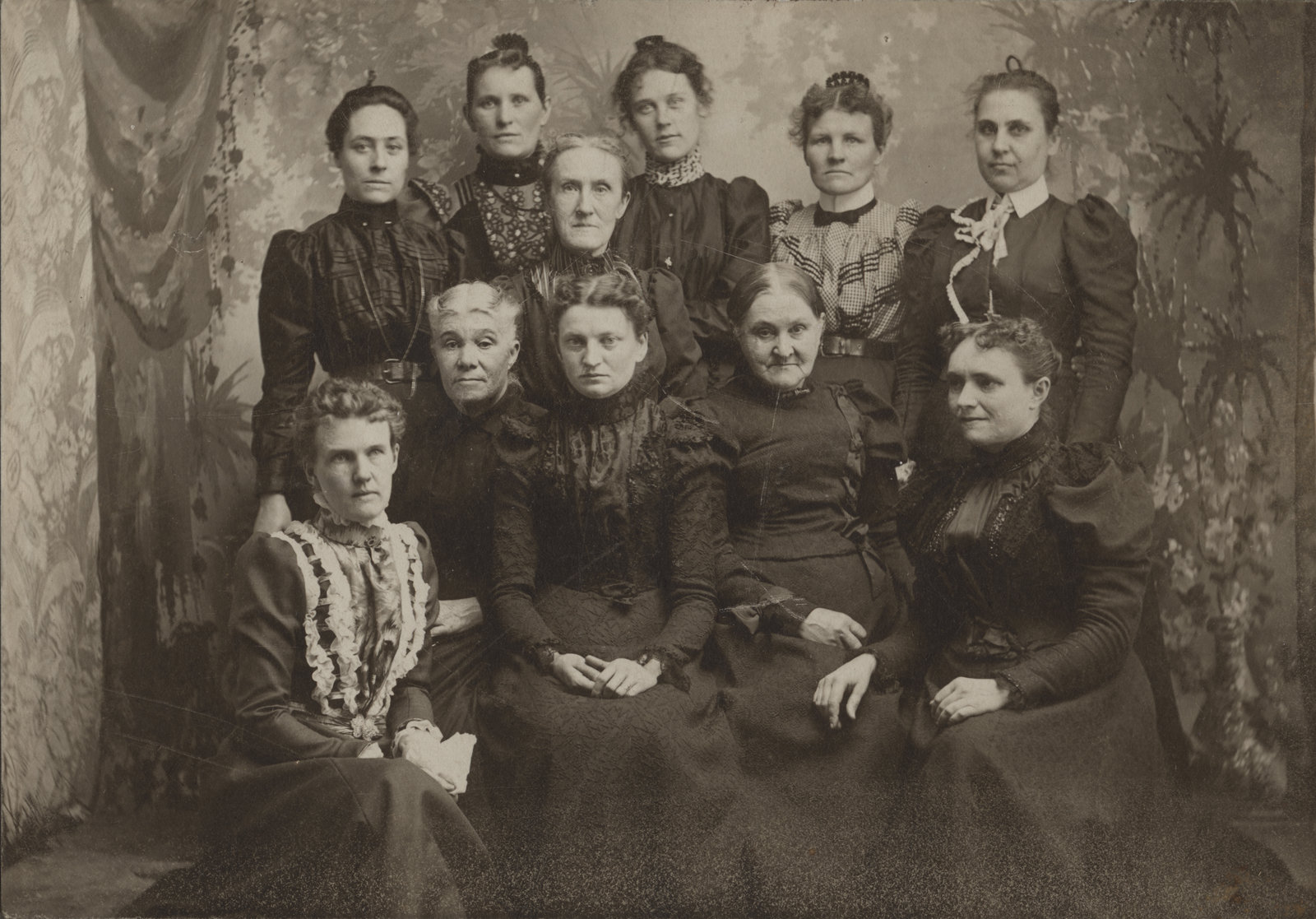As a consequence of the documentation practices of settlers, we know a lot more about the early experiences of white women in Canada than we do of Indigenous women. We also see settlers of other races coming to Canada from quite early on in European colonization, as well as a number of enslaved black women brought with white settlers as early as the 1600s.
You can see a variety of settling families and individuals in the exhibit built by the South River - Machar Union Public Library and the exhibit by the Sundridge - Strong Union Public Library.
Ontario has unique patterns of settlement - such as the Franco-Ontarian communities near the border with Quebec, a number of black settlements in southern Ontario where free black people and escaped slaves came up from the United States, and heavy concentrations of different European backgrounds where, in some cases, a single family moved to a small town and caused a wave of family and friends.
In the case of Japanese Ontarians, they often settled here after World War II - sometimes by choice after being mistreated in the western part of Canada, and sometimes because they had been forcibly moved here to internment and work camps and decided to stay after they were released.
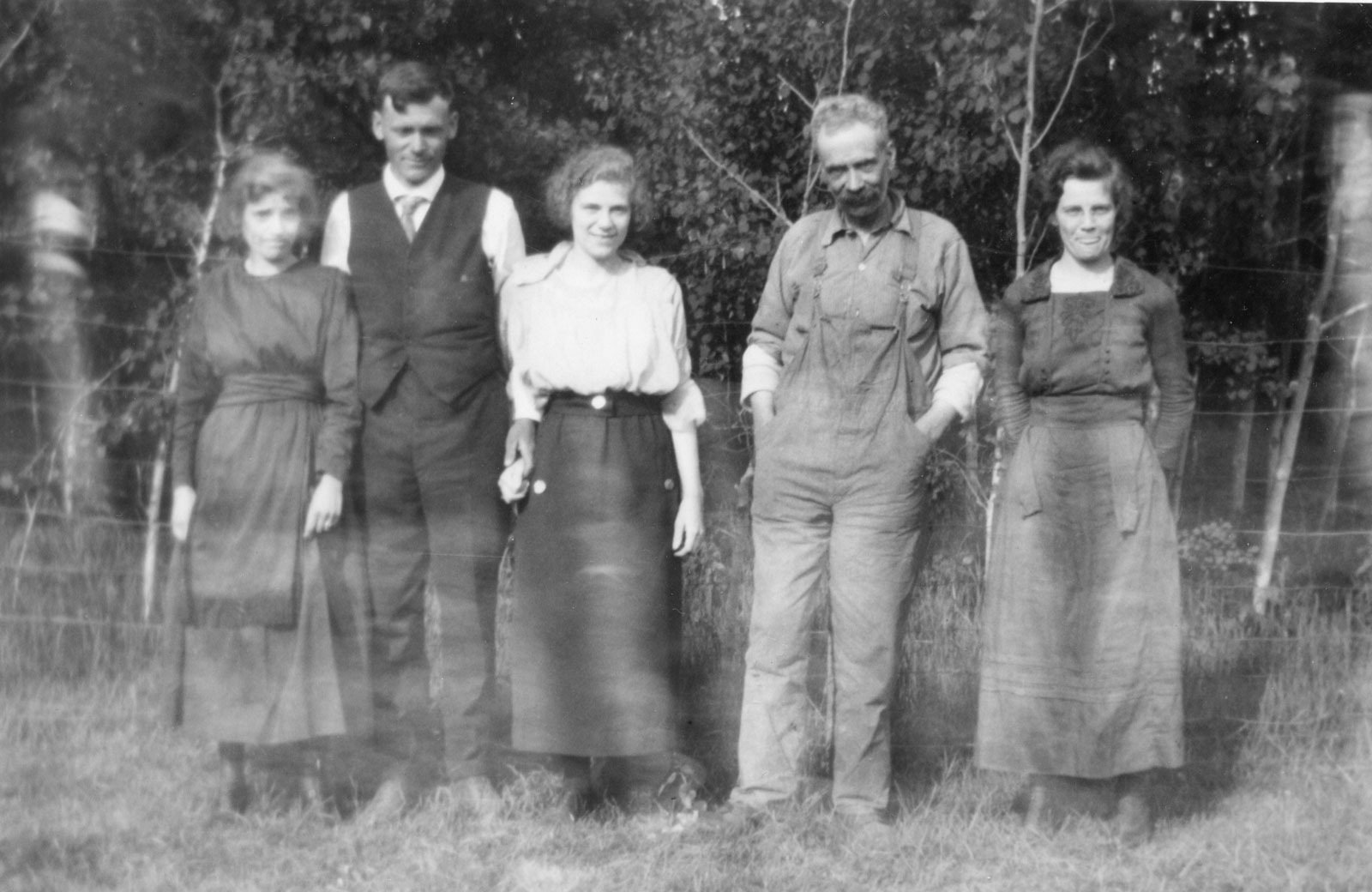
Here, the Hanson family circa 1922. Courtesy the South River - Machar Union Public Library. [Learn More]
Settlers may have come from far and wide, but they were mostly encouraged to take up agricultural work in exchange for a land grant. Some skilled workers came to provide services to farmers, but most considered themselves homesteaders and pioneers, creating European-style settlements on main transportation lines across kilometres of forest and field.
After years and years of such settlement, urban centres had developed, especially in the southern parts of the colonized areas and alongside waterways that made travel easy. Cities like York (later Toronto) created not just spaces for government and higher education but also places to sell expensive goods both made in Canada and shipped over from more established countries. Settlers could start spending what money they had on finer goods and better clothes for church and special occasions.
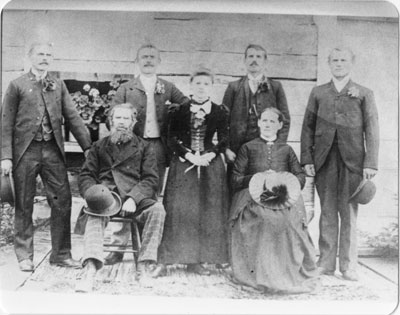
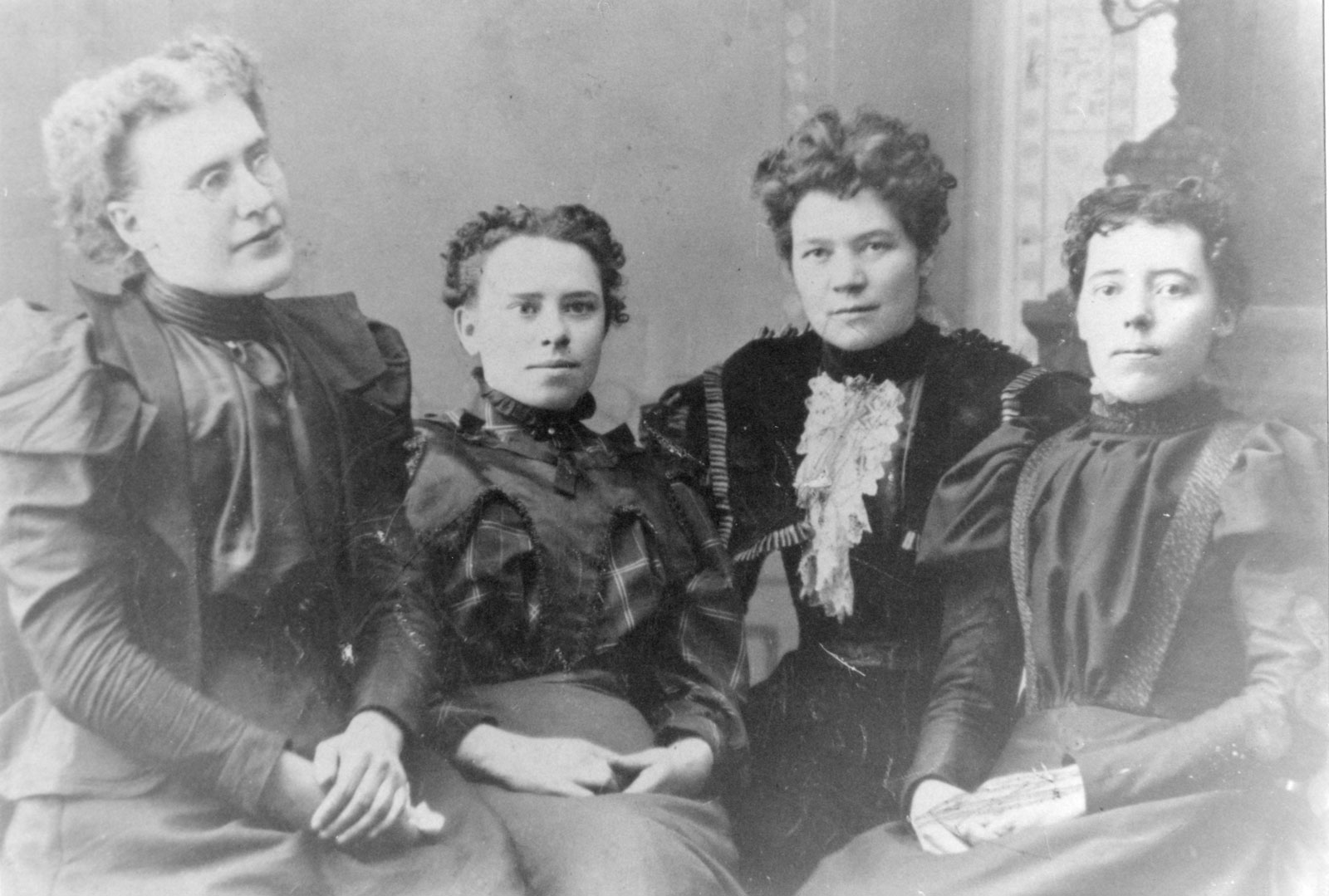
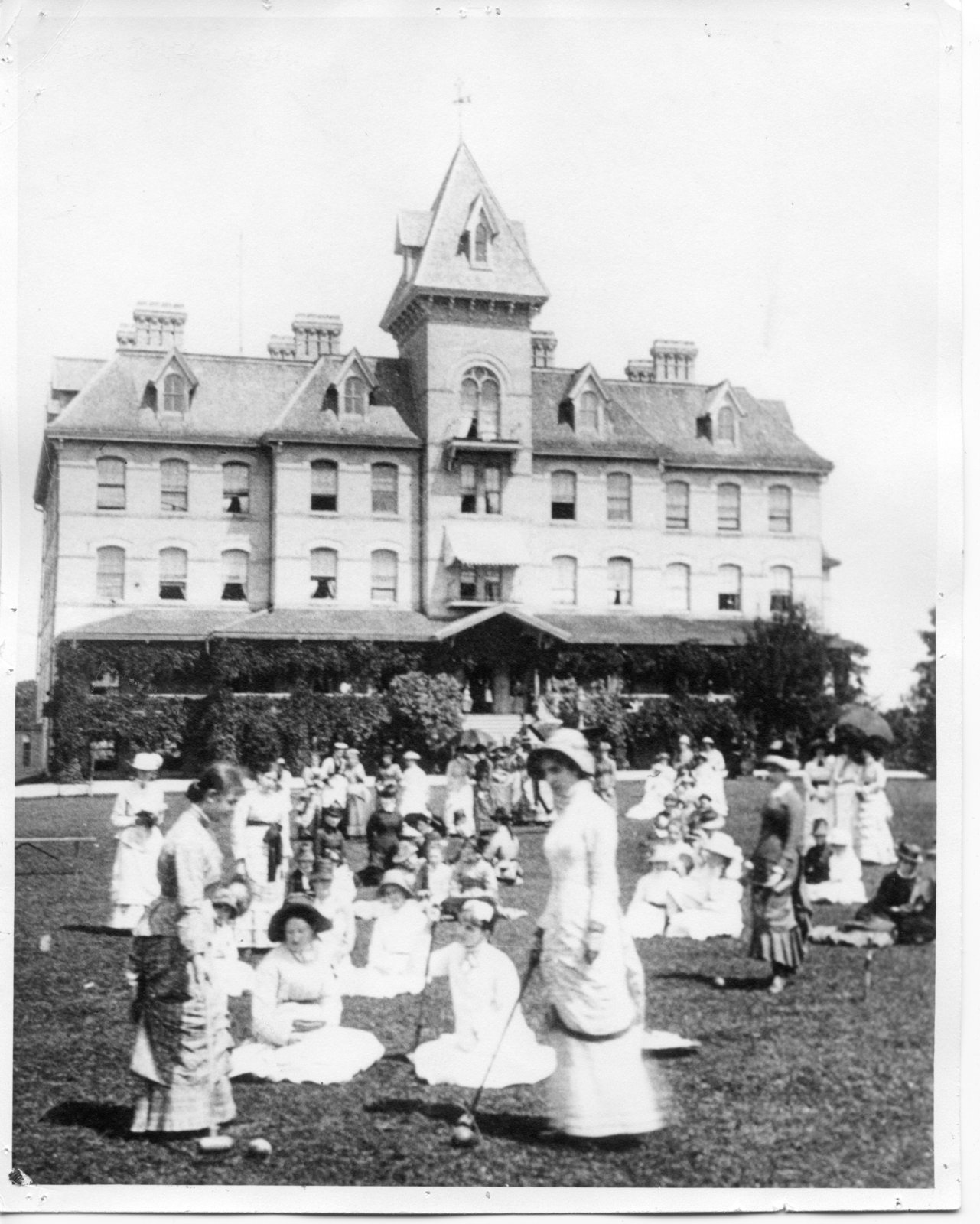
Over time, life for women in 18th and 19th century Canada started to look more and more like life in the 20th century and today - school, sports, church, summer vacations, camp, college and university, careers, families, children, volunteering, philanthropy, and investing in our communities and cultures. Even with wars, politics, and economics definitively changing how Canadian women live their daily lives, photos show everyday life looking remarkably familiar: fun with friends and family, and lots of social outings.
